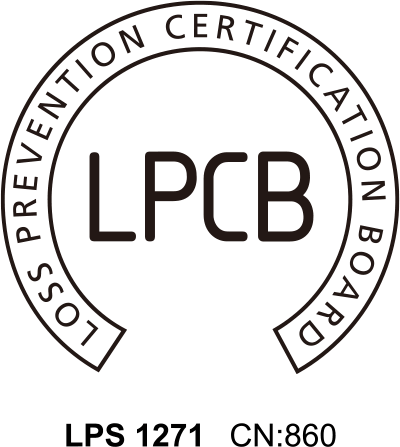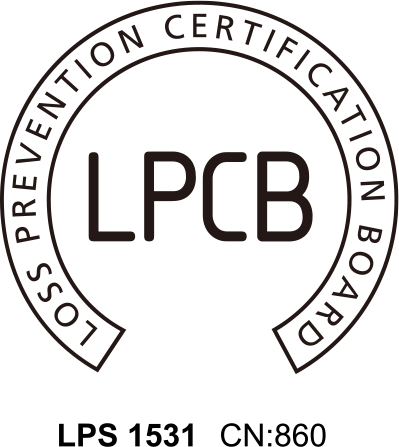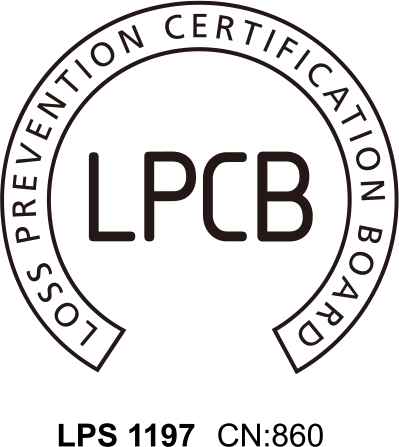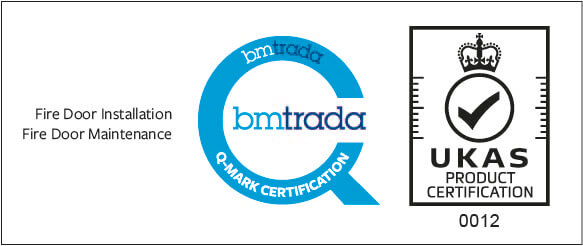Can You Afford Not to Ensure Your Passive Fire Protection is Up to Standard?
Passive fire protection is a very effective means of protecting your building from fire but this important and effective measure is sometimes overlooked for financial reasons. Yet, can you really afford the total loss of your premises and fines associated with not having legislated protection?
Protecting the premises you are responsible for should be your priority as the protection of structural integrity in the event of a fire can prove essential to saving lives as well as minimising the total cost to the business.
While it is vital that the buildings we construct help save lives and reduce the risk of injury through built-in passive fire measures, passive fire protection (PFP) could be the measure that saves your premises from burning to the ground. Risk assessment based legislation puts emphasis on structural protection Active measures such as fire extinguishers, fire blankets, fire doors and fire alarms – which are prevalent in most office buildings, retail premises, commercial and public buildings, as well as in leisure facilities and hospitals, yet that’s just the tip of the iceberg.
The responsibility to pro-actively ensure fire safety standards also includes risk assessment of passive (structural) measures; for new builds this will become the remit of the architect or specifier. It becomes a more complex activity on older or refurbished buildings where structural safety measures have to be implemented retrospectively.
Saving Property and Lives should be paramount
Increasingly, medium-sized businesses and organisations – that don’t have an internal health and safety department – will employ specialist agencies to manage the risk assessment of both active and passive fire safety measures. A fire strategy will only achieve maximum effectiveness if the passive fire protection measures are already in place, built into the fabric of a building.
Passive fire protection not only maintains the stability of a building’s structure during a fire, it also keeps escape routes safe and helps isolate and limit fire, heat, and smoke so people have time to get out – and fire officers have time to get in. While the benefits of sprinklers are obvious, it’s not so easy for employers and owners of business premises to understand the importance of passive fire protection measures.
The unseen protector
By its very nature, this kind of protection is part of the fabric of the building. That makes it less obvious. Which, in turn makes it very easy to forget about. And that creates a problem when it comes to maintenance.
While active fire protection equipment is more likely to be maintained regularly, do you give the same kind of priority to your passive protection? Let’s say, for example, there’s obvious damage to one of your fire extinguishers. I’m sure you’d have it resolved quickly because you know you’re not protected. And you’d be quite right to do that.
But what about that hole above the ceiling tiles from when IT pushed some new network cables through? Is that really important when no one can see it?
Well, yes, because that could be a key part of fire protection through compartmentation; if a fire breaks out, the sealed unit effect is compromised and the fire can take hold and spread more quickly. The same holds true for holes in the roof fire breaks or cavity barriers that haven’t been replaced in hidden-away places like roof voids. Or gaps in seals around fire doors. And so on. They’re all likely to be breaches of compartmentalisation and if a fire occurs you no longer have containment. And that can be absolutely devastating – resulting not only in risk to life but complete loss of premises, instead of a possible small section of the building being damaged.
The real cost of fire
Following a fire, buildings are checked to see if the building has complied with the relevant guidelines. If they fail this check, businesses may not be eligible for insurance payments any longer.
In March 2013, DM Care Limited was ordered to pay a total of £40,375 after being prosecuted for the non-compliance of fire safety regulations. This was actually the second time they were prosecuted in a 12 month period. More recently Southwalk Council is facing a fine in the region of £300,000.00
Surely it makes more sense for those in business and the government to invest in fire safety. To learn more about how Passive Fire Protection can help you visit the Checkmate fire website or request an informal chat.





















